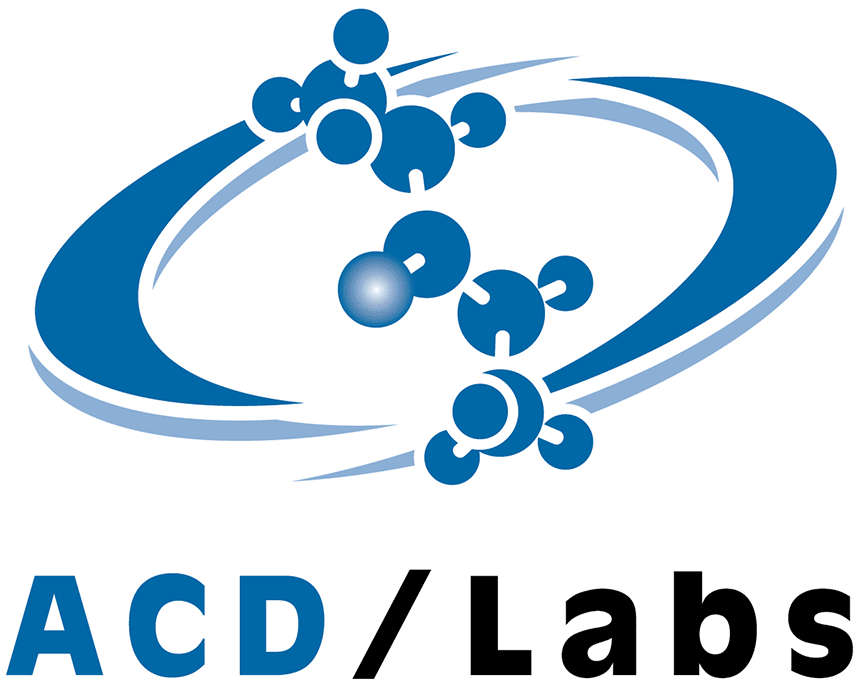The time-of-flight (TOF) mass analyzer was first proposed by W. E. Stephens in 1946[1]. With an unlimited mass range, an ability to show all of the masses in each spectrum, and a high spectral generation speed, the advantages of a TOF mass analyzer over the existing mass spectrometer design were immediately recognized. Within a few years, the first experimental mass spectrometers based on a TOF mass analyzer were built[2]. All varieties of time-of-flight mass spectrometers (TOFMS) have three major components: the Extraction Region, where ions are formed or where they are introduced and then extracted as a pulse of ions; the Drift Region, also called a Field-Free Region, where ions fly and separate in time according to their mass-to-charge ratio (m/z); and the ion detector (Figure 1).
 Figure 1. Time-of-flight mass spectrometer concept.
Figure 1. Time-of-flight mass spectrometer concept.




